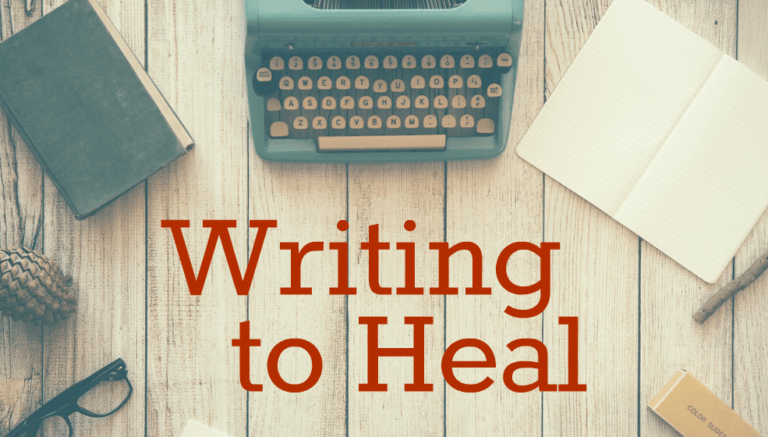Living with Pain

These information structures are called schemas. For example, a toddler learns that a furry, four-legged animal is a dog. Upon seeing a cat, the child might refer to it as a dog, only to be told that it is a cat. So the schema for dogs changes (to exclude cats) and a new schema develops for cats. Over time, people develop increasingly complex schemas about themselves and the world. A schema is often extremely helpful. It provides shortcuts and allows for rapid and sometimes automatic processing of information.
A PAIN SCHEMA is the knowledge structure you develop about pain and includes information such as:
– the cause(s) and history of your pain –
– the treatment/what relieves your pain –
– how you believe others typically respond to your pain –
– your fears about pain –
– your beliefs about how people should express their pain –
– your beliefs about what the future may hold –
– how you are different (and the same) now that you have pain –
– what it means to have a chronic condition –
– how you expect to be treated when you are in pain –
How Pain Schemas HELP
Like other schemas, a pain schema works automatically. Much of the time, this can be helpful. For example, you may automatically recognize the set of feelings that signal that a migraine is beginning; you can take your migraine medication right away to prevent the head – ache from beginning. Your pain schema may help you to “just know” how much you can walk before your back starts to hurt too much. Or, your pain schema may help you to provide a simple explanation of your pain condition to others.
How Pain Schemas HARM
A pain schema can have negative effects. For example, if you hold the GENERAL BELIEF that you can’t exercise because of your pain, you may turn down invitations involving SPECIFIC physical activities that you might be able to do.
Your pain schema may also be outdated or even inaccurate. For example, your schema may contain old and inaccurate information about the cause or treatment of your pain. Most importantly, aspects of your pain schema may make coping with pain more difficult. For example, if you have come to believe that having chronic pain means that you are useless, then you will be less likely to try to be useful. If you believe that the only treatment for chronic pain is pain medication, then you will be less likely to try other options, such as physical therapy, meditation or pacing yourself. If your schema suggests that other people can’t understand your pain, you may isolate yourself and stop giving people the chance to get to know you.
DISCLAIMER: This blog is provided as an educational and informational resource only. It is not intended nor implied to be a substitute for professional psychological or medical advice.
The founder of Goalistics, Dr. Ruehlman is a social and health psychologist. She and co-founder, Dr. Paul Karoly, created the online “Chronic Pain Management Program” and the “Think Clearly About Depression Program”. Dr. Ruehlman’s research efforts over the past 20 years include basic questions about how people pursue goals, how one’s social network supports as well as hinders goal activity, and alternative methods, such as computer-assisted assessment and training to assist in the goal attainment process. Over the past 20 years, she has studied people’s pursuit of pain management, fitness, health, social, and work goals. Dr. Ruehlman has published numerous articles in scientific journals on topics ranging from chronic pain, self-control, depression, social support, assessment and much more. For more information,click here.
Linda S.Ruehlman,PhD
View All By Linda






